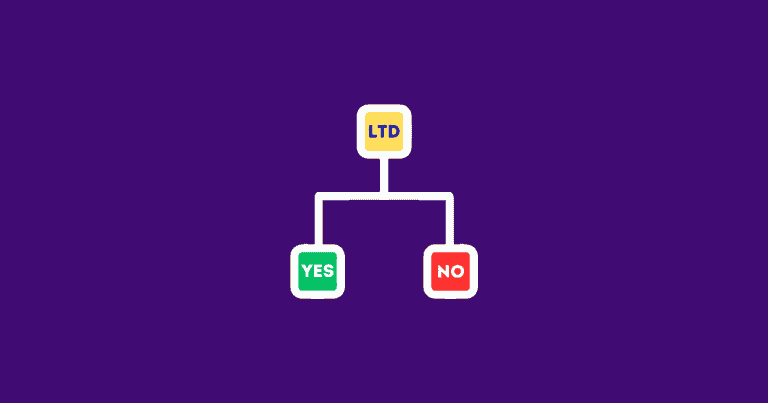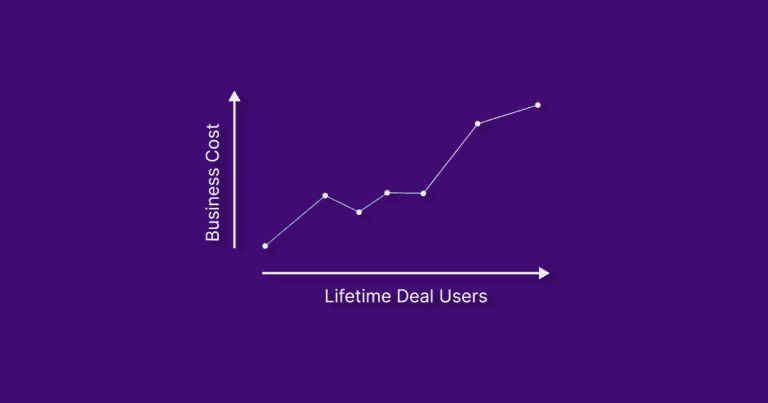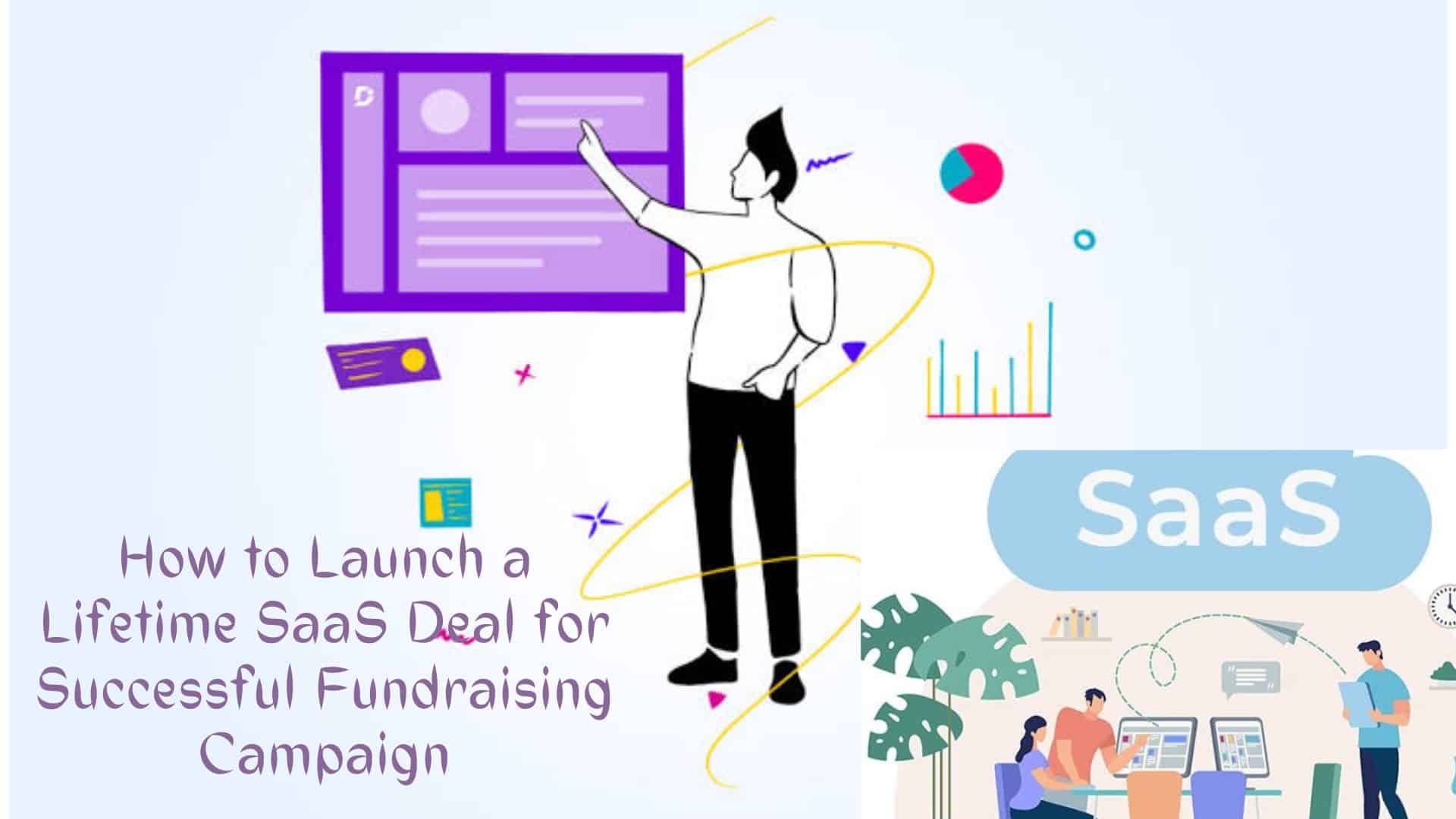10 Proven Ways to Grow Your SaaS Startup from Scratch!
Starting a successful SaaS business can be both challenging and rewarding. The ever-changing nature of the tech industry and the sheer amount of competitors means that founders need to constantly innovate and hustle to stay ahead of the competition.
Entrepreneurs are able to focus on building their product without having to worry about setting up an IT infrastructure, making it easier for companies to get up and running quickly. With the right approach and a bit of hard work, even a small SaaS startup can quickly achieve massive growth.
So what are some key strategies that entrepreneurs can use to help their SaaS business reach new heights? Here are 10 proven ways to grow your SaaS startup from scratch!
Here are 10 Ways to Grow your SaaS Startup from Scratch:
Starting a new startup requires careful preparation. If you want to succeed, you must consider several aspects before launching your venture.
1. Choose your niche
The idea behind a niche is that you can create something unique or provide a service that no one else is offering.
One thing that makes a niche attractive is that it has very specific customer requirements. For example, a niche is often defined by its audience size (e.g., microblogging).
There are several ways to choose a niche for a new business 🔽
You first need to figure out what you’re passionate about. Then, you should consider whether your skills match those that are needed in your chosen niche. Finally, you should evaluate whether your target market exists. Similarly, there are several ways to choose a profitable niche.
One way is to look at the competition. Another option is to check out the current trends in the marketplace. The third way is to identify the problems that customers are facing today.
Once you’ve decided which approach is the best fit for you, you’ll be able to launch a successful startup.
2. Identify your target market
When you design a marketing strategy, you should consider three things: Who is your audience? What do they value? And why would they choose to buy from you instead of someone else?
To develop a targeted marketing plan, you will need to identify your target market. Identifying your target market is crucial to successful market.
To achieve success, you should ensure that your message reaches a right people at the right time.
This helps you gain trust and build relationship with your customers.
3. Start with a business plan
A business plan helps entrepreneurs identify their goals and objectives, determine where they want to go, and figure out the steps needed to get there. The plan serves as a guide for future growth and development.
Here are some other reasons why you should create a business plan before starting your startup:
* It helps you define your goals and priorities
* It shows potential backers/investors that you have thought through the entire project.
4. Develop a compelling value preposition
A compelling VP helps companies communicate why anyone should care about them.
The problem is, creating a good VP can be challenging. Your VP has to include a clear statement of who you are, what you offer, and where you want to go.
Start by defining your target audience and then figure out what sets you apart from your competition.
Creating a compelling value proposition is essential for building credibility and gaining trust among customers. This means creating a clear message that helps prospective buyers decide whether they want to do business with your company.
5. Start generating leads
Lead generation is an important strategy for growing your business.
Social Media Marketing (SMM) has become an essential part of marketing strategies because it allows businesses to connect directly with their audience.
NOTE: Landing pages are a great tool to create high-quality leads because they allow you to control every aspect of the visitor experience and optimize conversions.
6. Build a minimum viable product (MVM)
Building a MVP lets you quickly gain insights about your possible target audience and see if your idea is feasible.
The term “Minimum Viable Product” refers to a simple version of the software or other product that gets customers excited about what you’re offering. This means you have less risk, fewer expenses, and more time to figure out where your next step should be.
7. Addressing retention and churn
Retention rates and churn rates are two key metrics in marketing. If you want to retain customers and increase their lifetime value(LTV), then you should focus on improving these metrics.
Using behavioral data from your existing customers helps you identify patterns in order to improve retention.
To increase retention, you should monitor the following four important metrics:
- Customer lifetime value (CLV)
- Average order size
- Churn rate
- ROI
There are a few ways to reduce customer churn. One way is through providing better value to existing customers. Another way is to improve customer satisfaction.
In addition, companies should create a strategy that rewards loyal customers, such as free trials and discounts. Finally, they should develop strategies to prevent future churn.
8. Getting traction
Getting traction should be the top priority of every entrepreneur. If you want to get traction for your startup, you will need to build loyal customers on social media platforms.
The good news is, the more followers you have, the easier it becomes to gain traction.
There are other several ways to acquire new customers, including (via) blog posts, press releases, etc. Here’s what you can use.
Search engine optimization (SEO) and content marketing – great ways of building a business by driving traffic to your site.
PPC or Pay Per Click ads can help get you started quickly, but they might be expensive in the long run and tough to scale.
9. Email Marketing
Email marketing is an effective way of building a successful SaaS business. When done correctly, it delivers high open rates, low costs, and effective conversions.
Email marketing has become a powerful tool for marketers because it offers advantages such as cost efficiency, personalization, automation, and flexibility. In addition to these benefits, email also provides higher response rates compared to other forms of communications.
10. Offer Lifetime Deals
Offering lifetime deals provides three benefits to your startup.
- First, it helps you build trust and credibility in your community.
- Second, it allows you to create brand awareness and generate leads.
- Finally, it establishes your company as an authority in its field.
NOTE: Offering lifetime deals helps you gain trust and credibility among prospective clients.
There are several other ways to go about creating a successful startup. These include bootstrapping, crowd funding or debt financing.
Wrapping Up
Beyond the known benefits, launching a SaaS Lifetime Deal also serves as a sandbox to experiencing what it’s like to scale up your own business.
These tips will allow you to attract the right kind of customers, improve their perception of the worthiness of your product, gather useful customer insights, and set up your business much quicker.




